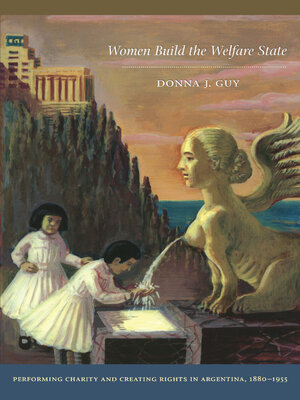Women Build the Welfare State
ebook ∣ Performing Charity and Creating Rights in Argentina, 1880–1955
By Donna J. Guy

Sign up to save your library
With an OverDrive account, you can save your favorite libraries for at-a-glance information about availability. Find out more about OverDrive accounts.
Find this title in Libby, the library reading app by OverDrive.



Search for a digital library with this title
Title found at these libraries:
| Library Name | Distance |
|---|---|
| Loading... |
Drawing on extensive research in Argentine archives, Guy reveals significant continuities in Argentine history, including the rise of a liberal state that subsidized all kinds of women's and religious groups. State and private welfare efforts became more organized in the 1930s and reached a pinnacle under Juan Perón, when men took over the welfare state and philanthropic and feminist women's influence on child-welfare activities and policy declined. Comparing the rise of Argentina's welfare state with the development of others around the world, Guy considers both why women's child-welfare initiatives have not received more attention in historical accounts and whether the welfare state emerges from the top down or from the bottom up.







